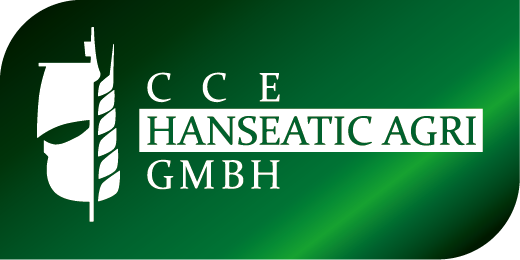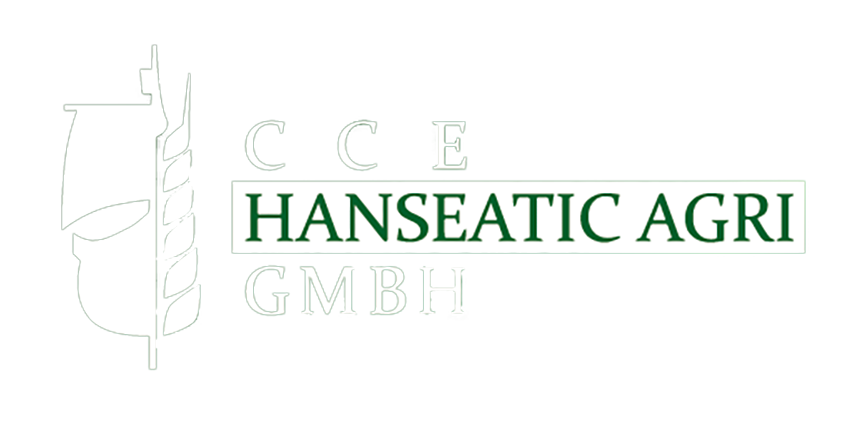When faced with poor forage quality, as many have recently experienced due to challenging harvesting conditions, the focus on protein supplementation becomes crucial in cattle feed. Let’s get straight to the point: nutrition requirements vary across cattle growth stages. Stocker calves need a dry matter digestibility of 70% to 80%, mature bulls require about 50%, and growing heifers and yearling bulls need 60%.
For crude protein, the numbers are precise: 12% to 14% for stocker calves, 10.5% for heifers and bulls, and 8% for dry cows. Testing your forage, though only sometimes convenient, is critical to understanding what you’re feeding your cattle. With crude protein levels dropping below 7%, you risk slowing down rumen motility, which can be detrimental.
In this blog, we will dive into the essentials of protein supplements and how to maintain the proper crude protein levels in cattle feed, especially during tough times. Stay tuned as we explore practical and effective strategies for optimal cattle nutrition.
The Best High Protein Cattle Feed
Exploring various protein supplements is essential to combat protein deficiency and optimize protein and energy in cattle diets. Let’s explore some effective options that contribute significantly to microbial protein production and cattle health.
Corn Gluten Meal or Corn Gluten Feed
Corn gluten meal, richer in crude protein than corn gluten feed, stands out for its nutritional value.
The trade-off between the higher cost of gluten meals and the economic benefits of gluten feed is worth considering.
Distiller’s Grains
Distiller grains, a byproduct of the corn ethanol industry, offer substantial crude protein levels (27%-29%) and variable fat content (6%-13%). Available in wet or dry forms and with or without solubles, they provide a versatile protein supplement option, though less common in eastern regions.
Brewers Grains
These grains are a cost-effective option obtained from brewers, often available for free. They are high in protein (20%-30%) and fat (up to 18%), but their wet nature and short shelf life – a week in cold weather and mere days in heat – present storage challenges. Despite these issues, cows are particularly fond of brewers’ grains.
Soybean Hulls
On the lower end of the crude protein scale, soybean hulls can still enhance protein levels in cattle diets. However, there’s a high risk of bloat if they exceed 30% of the diet, emphasizing the need for sufficient forage inclusion.
Whole Raw Soybeans
A potent source of protein, raw soybeans should be limited to no more than 4 pounds per day. This guideline applies to most supplements, ensuring balanced nutrition without overfeeding.
It’s also worth exploring lick tubs as an alternative, offering various protein levels and palatability. However, due to limited research, it’s advisable to rely on trusted sources when incorporating lick tubs into cattle diets.
Importance of protein for cattle production
Protein is a cornerstone of cattle health and productivity, influencing everything from organ function to reproductive success. Ensuring the right crude protein content in cattle feed is crucial. Supplemental protein is vital in maintaining optimal forage crude protein levels for the animal’s overall well-being.
Maintenance
For essential body functions and homeostasis, adequate protein is non-negotiable. Protein is involved in numerous bodily processes, making it necessary for maintenance. The maintenance requirements for protein, quantified in metabolizable protein (MP), ensure that amino acids are available for absorption, which is crucial for overall health and stability in cattle.
Growth
Growth in cattle hinges on the balance and availability of amino acids, which is influenced by breed, sex, nutritional management, body condition, production level, and age. Protein is fundamental for proper tissue development, underlining the importance of a diet balanced in amino acids for optimal growth.
Lactation
For lactation, protein is critical. The mammary glands require amino acids to produce milk protein. A diet lacking adequate protein can lead to diminished milk protein yield. Additionally, a well-provided protein diet boosts the production of milk lactose and fatty acids, which are essential for healthy lactation.
Reproduction
Protein intake is directly linked to reproductive efficiency. Insufficient protein can impair estrus, lower conception rates, and lead to weaker newborn calves. Adequate protein levels are necessary to ensure the reproductive system functions effectively.
Health
Protein is integral to immune function, as immunoglobulins, the body’s defense molecules, are proteins. Inadequate protein can weaken the immune response, making cattle more susceptible to diseases and health complications.
Gestation
During gestation, protein is essential for fetal development and the production of immunoglobulins, which are vital for the newborn calf’s immune defense. Since calves don’t have a preformed immune system, the immunoglobulins in colostrum are their primary defense mechanism, making protein intake during gestation doubly important.
Feeding Protein To Cattle Performance
Maximizing cattle performance involves meeting both energy and protein requirements. For many herds in the Western United States, including Oregon, low-quality forage with less than 7% crude protein content is expected. This inadequacy in forage crude protein necessitates supplemental protein to achieve optimal productivity. However, while essential, protein supplementation comes with significant costs related to feed, labor, fuel, and equipment.
Key strategies to enhance protein feeding efficiency include:
Infrequent Protein Supplementation:
- Strategy: Provide the total weekly supplement less frequently, such as once every six days or three times weekly.
- Impact: This method has shown no adverse effects on growth performance, forage intake, body condition score (BCS), and ruminal parameters in cattle.
- Advantages: It capitalizes on the unique nitrogen recycling pathway and ruminal function of ruminants, reducing feed competition by offering a more considerable supplement amount at once.
NPN Utilization:
- Approach: Using non-protein nitrogen (NPN) sources, like urea, is cheaper on a crude protein basis than accurate protein sources like soybean meal.
- Considerations: Correct dosage and mixing with concentrate or forage are crucial, along with ensuring adequate energy sources for rumen microorganisms.
- Findings: Studies indicate that while NPN can satisfy the supplemental protein requirements of mature cows, growing cattle benefit more from natural protein sources.
Balancing the rumen degradable and ruminally degradable protein in cattle diets is vital. While cost-effective strategies like infrequent supplementation and NPN utilization can be beneficial, they must be carefully managed to ensure cattle health and productivity are not compromised.
Conclusions
To optimize cattle nutrition, balance is critical. Effective protein supplementation strategies, like infrequent and NPN use, are essential for boosting cattle health and performance. Hanseatic-Agri leads the market in animal feed wholesale, offering quality feed in bulk. Elevate your cattle’s nutrition with our expertise.



